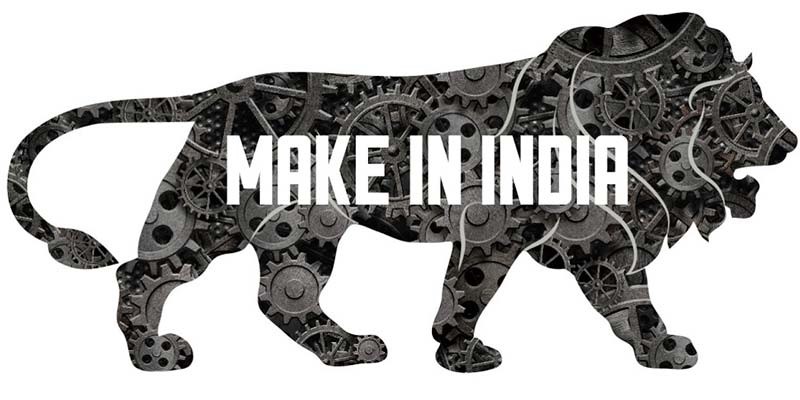
This debate between ‘Make in India’ Or ‘Make for India’ has been prominent since 2015 when Indian BJP government, led by Narendra Modi came up with ‘Make in India’ campaign and former governor of RBI, Mr. Raghuram G Rajan coined the term ‘Made for India’. While evaluating both the scenarios one can come up with the conclusion that neither of them are important. What’s more important is creating an enabling climate.
When the BJP, led by Narendra Modi, rode to power in unprecedented style, it was largely promoted as twin promises of development and minimum governance. It was a catch phrase used to capture the imagination of investors and global manufacturers.
Raghuram Rajan questioned the approach of ‘Make in India’ and suggested that ‘Make for India’ could be a better alternative. If we evaluate all the perspectives, we realize ‘Make in India’ versus ‘Make for India’ debate is irrelevant, even incorrect in many aspects.
Both ‘Make in India’ and ‘Make for India’ can be better referred to as outcomes- outcomes that will greatly benefit India. Creating the right climate is crucial for success. Without the right climate, neither will succeed. With the right climate, it does not matter which succeeds. We cannot completely eliminate the possibility of third alternative which is neither ‘Make in India’ nor ‘Make for India’.
India is taking steps toward this direction. One of the notable achievements in recent times of India is making it to the 100th place in ‘Ease of Doing Business’ index. India should aim to make it to the top 50 in this index and work towards it. The sooner the government injects confidence through changes in climate, the sooner will such decisions swing in India’s favor. When this happens, it does not matter whether TATA Motors potentially uses the factory in India to produce cars for the world market or for the Indian market.
Two of the biggest hurdles for the rapid industrialization of India in past couple of decades have been land acquisition and environmental clearances.
During last two decades, India’s growth has taken place despite the lack of public infrastructure such as power and transport. Gaps in public-private partnership- in the last 30 years India’s PPP market is world’s biggest. Infrastructure has been dominant area of PPP. Healthcare and education have also seen moderate success.
In the last five years, the share of private universities has risen. However, after the initial euphoria, there have been some setbacks to the PPP model — overbidding, faulty pricing mechanisms and delayed clearances have led to investor losses.
Financing and the absence of a liquid corporate bond market have also been a problem. But there is hope that these factors can be overcome.
If power, water and other infrastructure is made available to industry it does not matter whether these inputs are used to make in India or make for India. The global marketplace and the entrepreneurs will determine that on a case-by-case basis.
The average Indian is 17 years younger than the average Japanese and 14 years younger than the average American.
This demographic advantage gave us an edge when the global services industry was growing. India managed to get a lion’s share of the services that the developed world decided to outsource.
India has a long way to go forward in future in sense of development. So, we can say that ‘Make in India’ or ‘Make for India’ debate is not important, creating right environment is important.
-Rishi Raj Singh Champawat
Batch- PGDM (2017-19)
Join the Official thread of IMI Kolkata Admissions 2019-21. Now clear your doubts and get answers to your queries about B-School Admissions. Stay Updated… Always!
